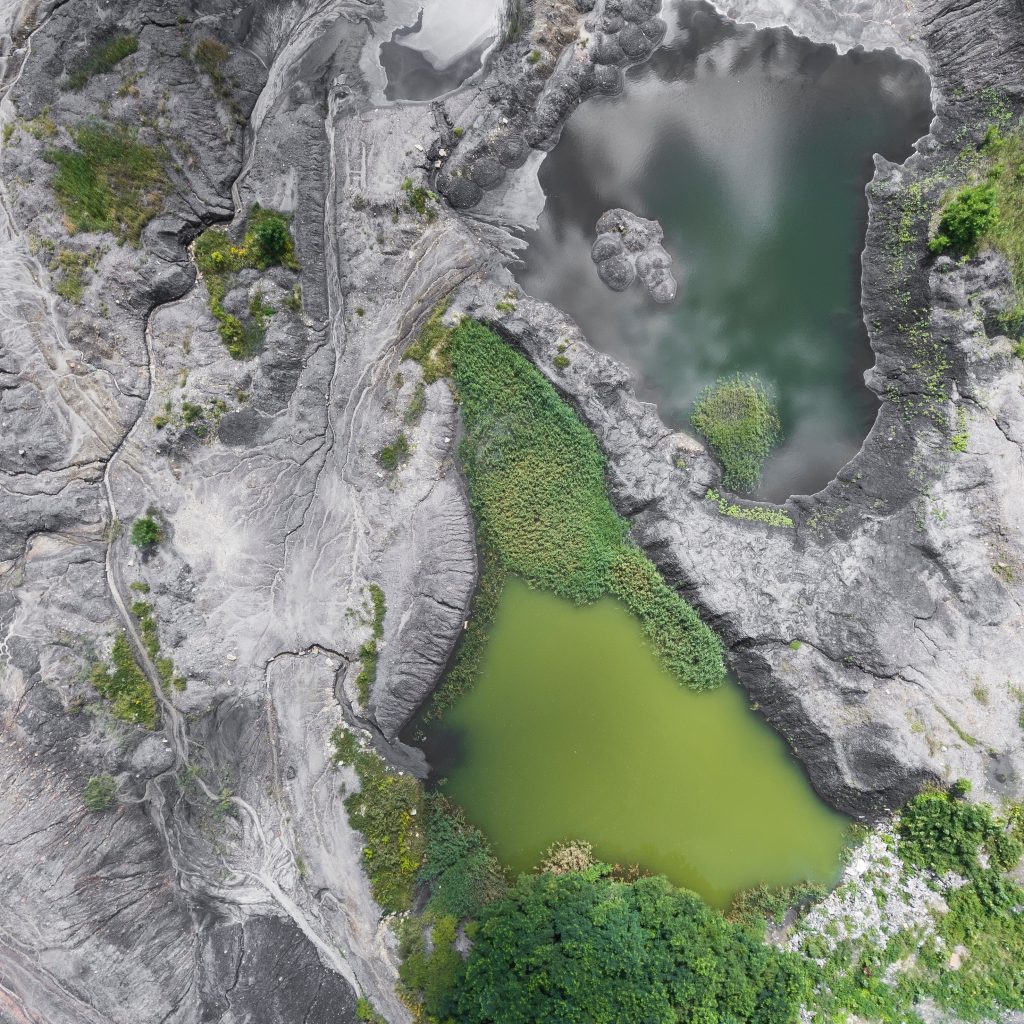
Hi all…following up from my recent email on the release of USEPA UCMR 4 data, a paper has just been published which compares satellite imagery to cyanobacterial data and observations collected as part of the UCMR 4. It presents the first large-scale assessment of cyanobacterial frequency and abundance of surface water near drinking water intakes across the United States. The authors report that “overall agreement between satellite imagery and UCMR 4 qualitative responses was 94%.” While the highlights summarize key findings, this paper requires a bit of reading to fully contextualize them. The lack of historical (and even current) satellite imagery, as well as sufficiently large and documented data sets, may limit its applicability in public water systems outside of the USA. And while five source waters demonstrated a sustained short-term trend it was indicated that a decade of satellite imagery would be required for observed environmental trends to outweigh variability in the data.
Highlights
“Satellite-derived cyanobacteria and qualitative sampler responses had 94% agreement
- 685 drinking water sources are observable with 300-m satellite imagery
- 2019 temporal frequency of blooms averaged 2% across source waters, peaking at 100%
- Effect size of 10 years needed for observed trends to outweigh residual variability
- Only 5 source waters have sufficient data for a sustained trend from 2016-2020”
Bill
________________________________________________________________________
Assessing cyanobacterial frequency and abundance at surface waters near drinking water intakes across the United States
Megan M. Coffer, Blake A. Schaeffer, Katherine Foreman, Alex Porteous, Keith A. Loftin, Richard P. Stumpf, P. Jeremy Werdell, Erin Urquhart, Ryan J. Albert, and John A. Darling
Available online 24 June 2021, 117377 In Press, Journal Pre-proof https://www.sciencedirect.com/science/article/abs/pii/S0043135421005753?via%3Dihub
Abstract
“This study presents the first large-scale assessment of cyanobacterial frequency and abundance of surface water near drinking water intakes across the United States. Public water systems serve drinking water to nearly 90% of the United States population. Cyanobacteria and their toxins may degrade the quality of finished drinking water and can lead to negative health consequences. Satellite imagery can serve as a cost-effective and consistent monitoring technique for surface cyanobacterial blooms in source waters and can provide drinking water treatment operators information for managing their systems. This study uses satellite imagery from the European Space Agency’s Ocean and Land Colour Instrument (OLCI) spanning June 2016 through April 2020. At 300-m spatial resolution, OLCI imagery can be used to monitor cyanobacteria in 685 drinking water sources across 285 lakes in 44 states, referred to here as resolvable drinking water sources. First, a subset of satellite data was compared to a subset of responses (n = 84) submitted as part of the U.S. Environmental Protection Agency’s fourth Unregulated Contaminant Monitoring Rule (UCMR 4). These UCMR 4 qualitative responses included visual observations of algal bloom presence and absence near drinking water intakes from March 2018 through November 2019. Overall agreement between satellite imagery and UCMR 4 qualitative responses was 94% with a Kappa coefficient of 0.70. Next, temporal frequency of cyanobacterial blooms at all resolvable drinking water sources was assessed. In 2019, bloom frequency averaged 2% and peaked at 100%, where 100% indicated a bloom was always present at the source waters when satellite imagery was available. Monthly cyanobacterial abundances were used to assess short-term trends across all resolvable drinking water sources and effect size was computed to provide insight on the number of years of data that must be obtained to increase confidence in an observed change. Generally, 2016-2020 was an insufficient time period for confidently observing changes at these source waters; on average, a decade of satellite imagery would be required for observed environmental trends to outweigh variability in the data. However, five source waters did demonstrate a sustained short-term trend, with one increasing in cyanobacterial abundance from June 2016 to April 2020 and four decreasing.”





